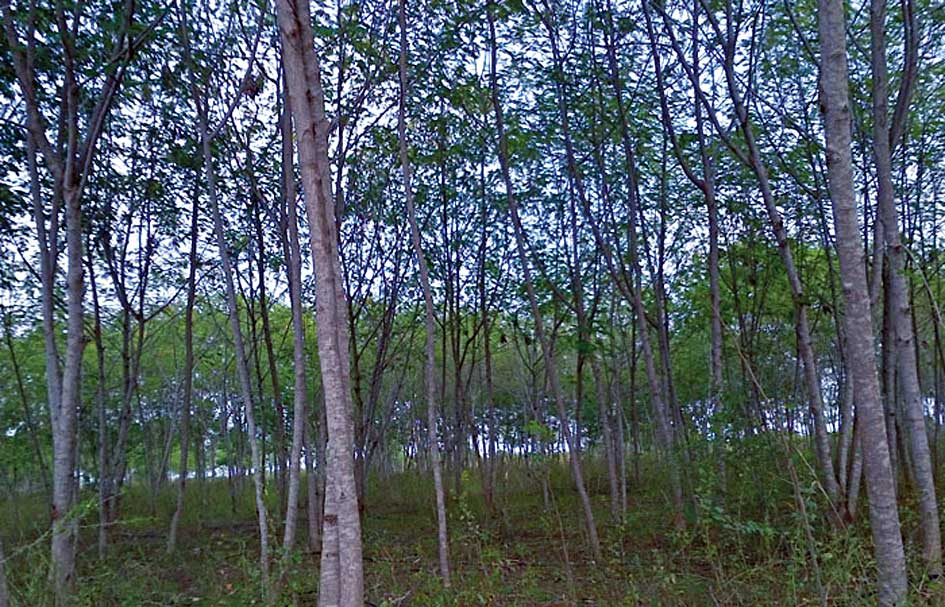Global warming is a concern worldwide, and the negative environmental effects of buildings — through energy consumption, carbon emission, raw material use and waste — are well-known. A growing world population along with economic growth will make many more buildings necessary in the near future. Their collective negative impact could become catastrophic. We thus need to pay attention to how we build.
Buildings consume 40 per cent of the world’s energy, 25 per cent of its wood supply and more than 15 per cent of its water. The concept of green buildings is well established. But retrofitting existing buildings for energy efficiency is still a comparatively new idea — this has environmental, economic, social and regulatory benefits. While green buildings and sustainability have become part of the professional lives of architects and engineers, stakeholders prioritize finance over the environment and mistakenly think the green premium is much higher than it is.
Since the ratio of existing buildings to new green constructions is overwhelmingly tilted, retrofitting the former will reduce adverse impact of the environment sooner. A bulk of heat ingress in buildings can be reduced by energy-efficient retrofitting of components such as walls, fenestration, roof, foundation and external shading devices. Energy savings of 31.4 per cent were recorded for high-rise apartments in Hong Kong by implementing passive energy efficient strategies.
Walls provide thermal and acoustic comfort within a building. Advanced designs can be applied to improve the energy efficiency and comfort levels. Fenestration — openings like windows and doors — plays a vital role in providing thermal comfort and optimizing the need for illumination. Roofs are susceptible to solar radiation and account for large amounts of heat gain/loss, especially in tropical summers. They can retain heat for long, affecting indoor comfort and increasing cooling costs.
This can be mitigated with cool roofs that reduce energy bills and extend the service life of roofs, and green roofs that are covered partially or entirely with plants, protecting the underlying structure from sunlight, thus reducing its temperature. The latter also improve air quality, reduce storm water run-off volume and absorb pollutants. Existing buildings could also use technology such as efficient plumbing fixtures to conserve water. They can also benefit from a energy efficient lighting system. For instance, LED lighting does not heat up, lasts longer and is more energy efficient than traditional bulbs and CFLs. Motion sensors that turn lights off when not in use save both money and energy.
Centralized high energy efficient heating, ventilation and air conditioning systems are 95 per cent energy efficient. Incorporating energy efficient landscaping, too, has long-term benefits. For example, shady landscaping protects a building from direct sunlight in summers and allows more sunlight to reach through windows in winters. Aluminium-based paint can reflect sunlight bringing down the heat intake of buildings. Grass pavers are tiles with openings that allow water to percolate, raising the groundwater level. These also help reduce the heat island effect as opposed to concrete or bitumen roads that absorb heat making the atmosphere around the house warmer. Use of rooftop solar panels can balance the requirement of fossil fuel-based energy and decrease one’s carbon footprint. Recycling and reuse of waste water after proper treatment can make existing buildings eco-friendly. So can net metering to store self-generated electricity and considering rainwater harvesting.
Enticements like extra floor space index, lower municipal taxes can encourage people to opt for green buildings. So can the fact that green retrofitting accomplishes substantial savings. The industry needs a green material database in order to use the best substances. Research and development of green materials and recycling methods should be supported by the State in order to meet the growing demand. All evidence points to the fact that green standards are here to stay. Green buildings could be the solution to many problems from local to global, from environmental to financial, from community to industrial.












